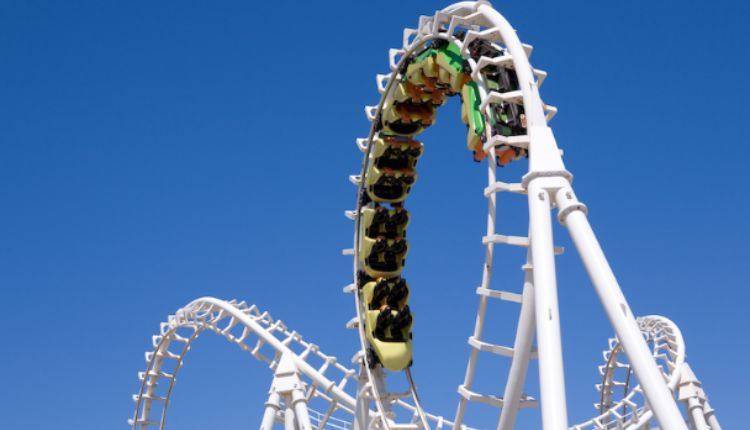Amusement parks are a fixture of entertainment worldwide, pulling in visitors to the tune of millions each year. They beckon guests with promises of thrill and fun, but accidents and injuries are an unfortunate reality of the business. When the unthinkable happens, the lawsuits that follow sometimes pack quite a wallop in terms of cash settlements.
However, it also leads to changes in regulations and safety guidelines that can significantly reduce the occurrence of these accidents in the first place. Read here: Settlement Reached in Fatal Roller Coaster Accident. In today’s article, we will take a further look at some of these changes.
The Role of Legal Settlements in Safety Improvements
When accidents take place at amusement parks, the victims or their families frequently pursue legal action to obtain compensation. A lot of these cases are settled out of court and not through litigation, meaning a long legal battle won’t have to take place. But even private settlements can cost the park a large chunk of change and might make prospective customers question the safety of the facility.
For instance, settlements that have gained a lot of attention due to ride malfunctions or operator negligence often serve as catalysts for regulatory changes. In the past, big settlements have led to rules that are much more stringent about things like maintenance, train performance, and the monitoring of the ride systems. Parks that have been hit by costly settlements are much more likely than their peers to invest in precautionary safety features, like putting in automated shutdown systems.
Regulatory Response to Settlement Trends
Lawsuits and settlements are closely watched by government agencies and industry watchdogs. They look to these documents to identify patterns of negligence or safety gaps. When multiple settlements bring to light the same recurring issue, such as restraint system failures, inadequate signage, or mechanical malfunctions, the regulators respond by revising the safety guidelines.
Settlements often motivate new legislative actions as well, leading to the introduction of more stringent regulations. Read here: Settlement Reached in Fatal Roller Coaster Accident.
The Financial Incentive for Parks to Enhance Safety
Though costly, settlements can serve as a financial motivator for amusement parks to prioritize safety. The reputational damage from a well-publicized lawsuit can deter visitors and hit the bottom line, perhaps helping to nudge park operators toward investing in more robust safety measures. In response to past settlements (and the sums paid out), many parks have introduced features that include AI-powered systems that monitor rides for signs of danger or imminent failure.
In addition, insurers change their policies according to settlement trends and often raise premiums for parks that have a history of safety-related lawsuits. To deal with the pressure of these rising costs, park operators (who might otherwise be tempted to cut corners) are incentivized to enhance safety measures, thereby reducing the risk of safety-related claims that could yield big payouts.
Read Here: Settlement Reached in Fatal Roller Coaster Accident
Accidents at amusement parks can lead to legal claims (often in the form of settlements) that, in turn, lead to improvements in the way amusement parks and rides operate. Although compensating victims is the main effect of settlements, they also, prompt the development of advances and changes in safety, regulatory standards, and technology.






